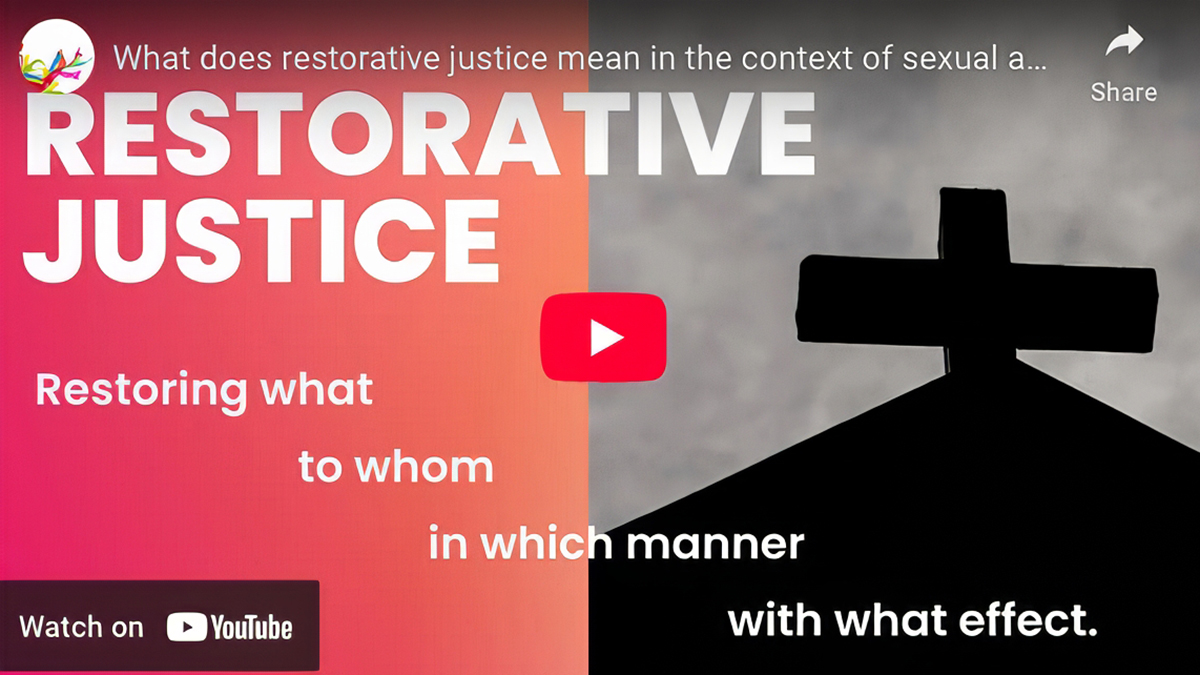August 2022
-
Restorative justice and sexual abuse
This Flashes of Insight conversation looks at the sexual abuse crisis from the perspective of restorative justice. It asks whether the experience for Church ministers is an opportunity for the theology of reconciliation to grow into change? It considers whether restorative justice a matter of putting things back together as they were, as it were…
-
Scapegoating – The Church’s fall from grace
As a Catholic, the horror of sexual abuse is not that the Church is being scapegoated by the media, it’s the horror that ordinary Catholics feel conned. The comments were made from Wales by Professor Thomas O’Loughlin in a “Scapegoating: The Church’s fall from grace”, a Flashes of Insight conversation with Dr Joe Grayland, Dr…
Get Flashes of Insight
Donate
All services bringing Flashes of Insight are donated.
Significant costs, such as those associated with site hosting, site design, and email delivery, mount up.
Flashes of Insight will shortly look for donations.


